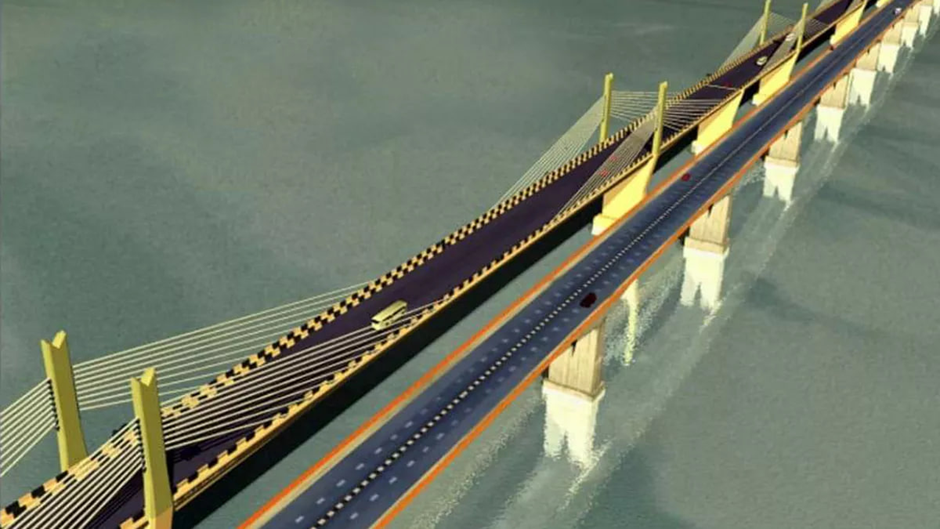Introduction
In Bihar, bridges are not merely infrastructural entities but vital lifelines that connect regions, drive commerce, and enable mobility across its river-dense geography. Rivers like the Ganga, Kosi, Gandak, and Son make it necessary for thousands of bridges—small and large—to function safely and efficiently. However, recent incidents of bridge collapses have highlighted serious lapses in inspection and maintenance. In response, the Government of Bihar has introduced the “Bridge Management and Maintenance Policy 2025” to ensure systematic upkeep and structural safety of all bridges.
Why was this policy needed?
- Aging Infrastructure:
Bihar has around 3968 small-to-medium bridges and 532 mega bridges/flyovers, many of which were built decades ago and are now under severe load stress. - Environmental Impact:
Climate change, heavy rainfall, and frequent flooding further strain the life and safety of bridges. - Lack of Centralized Monitoring:
Until now, no unified digital system existed for inspecting and managing bridge health, leading to reactive and delayed maintenance.
Core Objectives of the Policy
1. Introduction of Bridge Health Cards
- Each bridge will have a unique digital profile including:
- Structural condition
- Repair and maintenance history
- Last inspection details
- Load capacity
- This will be integrated into a GIS-enabled application accessible to engineers, administrators, and disaster management teams.
2. Regular Inspections & Third-Party Audits
- Monthly inspections will be mandatory, especially during and after the monsoon.
- Third-party engineering agencies (e.g., IITs, NABL-accredited bodies) will conduct audits to ensure transparency and technical accuracy.
3. Technical Training & Expert Involvement
- Regular training will be conducted for government engineers on modern inspection techniques and materials.
- Partnerships with premier institutions like IIT Delhi, Roorkee, Madras, and Patna will enable technical support and innovation.
4. Real-Time Monitoring Using IoT Sensors
- High-risk and mega bridges will be equipped with Structural Health Monitoring Systems (SHMS) that measure:
- Vibration
- Load
- Temperature and humidity
- Water level
- These sensors will transmit data directly to the Bridge Command and Control Center for early warnings.
5. Risk-Based Categorization
- All bridges will be classified into Low, Medium, and High Risk categories based on their age, usage, and structural condition.
- High-risk bridges will be prioritized for immediate repairs and enhanced surveillance.
Expected Benefits of the Policy
- Increased Lifespan of Bridges:
Proactive maintenance will reduce long-term wear and extend usable life. - Reduced Accidents:
Early detection of structural faults can prevent tragic collapses. - Smooth Traffic Flow:
Fewer bridge closures will support uninterrupted movement of goods and people. - Cost Savings:
Planned maintenance is more economical than emergency reconstruction. - Better Disaster Preparedness:
In floods or earthquakes, data-driven decisions will determine the safest routes for relief operations. - Transparency & Accountability:
Digital records and third-party evaluations will reduce corruption and improve response mechanisms.
Implementation Challenges and Solutions
|
Challenge |
Proposed Solution |
|
Budget constraints |
Establish a dedicated Bridge Maintenance Fund. |
|
Technical manpower shortage |
Train local engineers and create District-level Bridge Monitoring Cells. |
|
Data inconsistency |
Implement a Unified Bridge Management System (UBMS). |
|
Political interference or corruption |
Mandate audits and establish a grievance redressal system for public reporting. |
Conclusion
The Bihar Bridge Management and Maintenance Policy 2025 is a timely, forward-thinking initiative that combines technology, accountability, and infrastructure resilience. It is not just a technical solution but a developmental milestone. With disciplined implementation, this policy can position Bihar as a national model in bridge infrastructure management.

